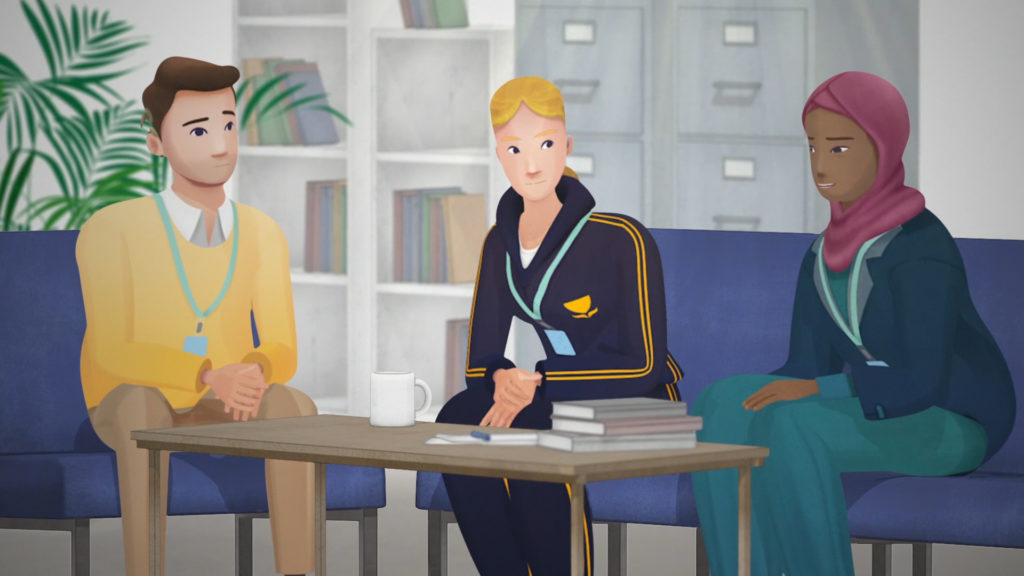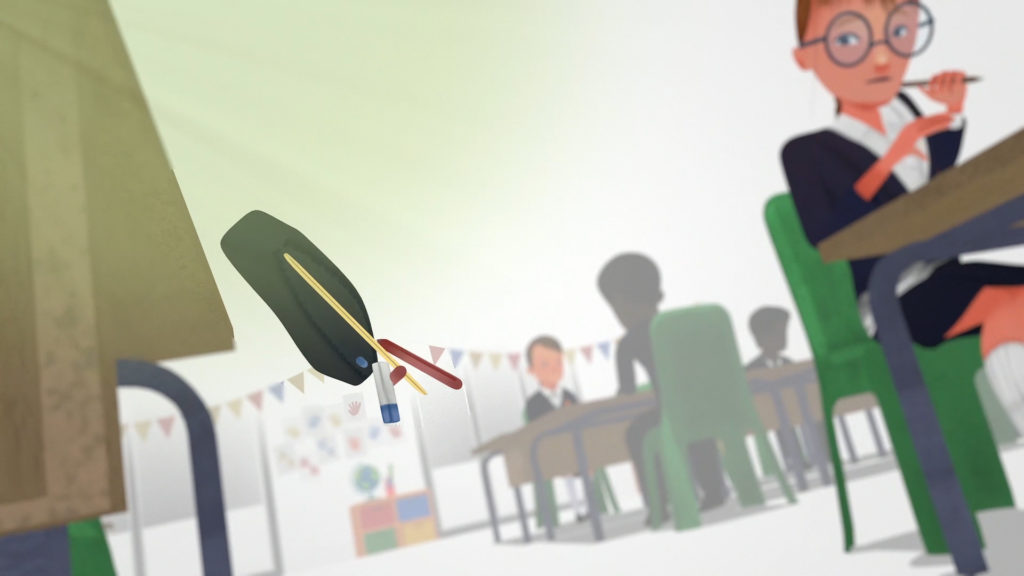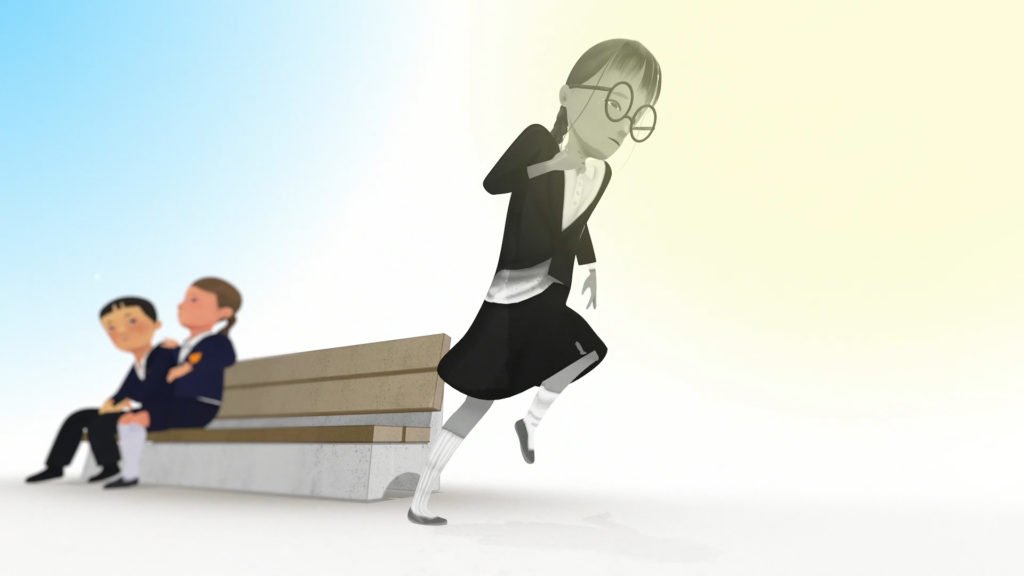Step 1 – Build on relationship with a trusted adult
A relationship with a trusted adult is crucial to help the child or young person feel safe and supported after a bereavement.
The right trusted adult
This does not have to be a dedicated mental health lead, it is often more helpful if it is a class teacher or another adult in school who the child or young person has a trusted relationship or positive connection with. In some cases, it may be more than one adult. It is important for key adult(s) to be available on a regular basis, prepared for difficult conversations and ready to provide support when the child or young person becomes upset or acts out.
Check-in times and safe spaces
The trusted adult should plan regular times to meet with the child or young person. Work out with them what they can do if they need to leave class or the playground (a safe space they can go and a way of contacting the trusted adult if they need support).
Other adults in school check-in
Talk to other teachers and ask that they respond to difficult behaviour in a way that helps the child or young person feel safe, rather than sticking rigidly to behaviour systems. Ask that they share information with the trusted adult when difficulties arise. It is important for trusted adults to model that they are comfortable talking about the death and things they notice about the child or young person. Naming difficult experiences and feelings is not going to make things worse.
Having difficult conversations
Traumatically bereaved children and young people may find it very difficult to have conversations and are more likely to want to avoid reminders. Let them know their feelings are important, even if talking is difficult.
More information & support
Tools & handouts
Videos
Talking with traumatically bereaved children and young people
A young person’s perspective on support from school
Animation connection

After Wesley’s father died, Raffia, the school additional needs lead asked Wesley’s teacher, Jeannie, if she would be happy to take a lead role in supporting him, as she knew him quite well and coached the basketball team. Jeannie agreed with Wesley that they would meet every week and that he could come and find her if he was feeling worried or upset or had any difficulty in school.




